|
Here at Ferrets and Friends, we have the joy of taking care of over 40 animals that run the spectrum of different types of exotic pets. People often ask us questions like "I have a rabbit already, but I have always wanted a chinchilla. How do they compare?" We think these are great questions, but researching the answers can be tough. We hope to write more articles to address these questions, but to start we will compare some of the extremes with the animals we already work with. We answered these questions based on our current experience taking care of parrots, ferrets, rabbits, chinchillas, hedgehogs, parrots, tortoises, lizards, snakes, amphibians, and invertebrates.
The Most CleanOur cleanest animals are our snakes and our amphibians. Weekly spot checks and deep cage cleaning every six months to a year is usually enough to keep their homes clean. Our tarantulas and millipedes also keep their enclosures pretty clean. We could not pick just one animal to say that it is the most clean.
The LoudestJubilee, our macaw, makes the list again! Her screams can be heard from other buildings! While Jubilee is pretty quiet most of the day, there is time in the afternoon that she likes to get loud (and also practice talking). Our Eclectus Parrot, Missy, also has some pretty loud calls. Anyone who wants a quiet animal should stay far away from birds. The Most QuietIf you covered the enclosures for our snakes, amphibians, or invertebrates, it is unlikely would even know that an animal lived there. Smaller lizards like geckos and chameleons are also extremely quiet. While larger lizards and tortoises don't make vocalizations, they are more active in their enclosures so you may hear them digging, scratching, climbing, or otherwise running about. Final ThoughtsThere are lots of different qualities that go into what makes a good pet and the exact definition will vary from person to person. Ultimately, you have to do your research and figure out what works best for you and your lifestyle.
1 Comment
12/15/2023 10:36:57 pm
Wow! Your site is amazing. Please visit our website. Thanks
Reply
Leave a Reply. |
About the blogFerrets and Friends, LLC has four writers bringing you information on a variety of topics from pets to wildlife, education to conservation, and from new developments in our business to information about our industry. Learn something new each week! Archives
August 2020
Categories
All
|
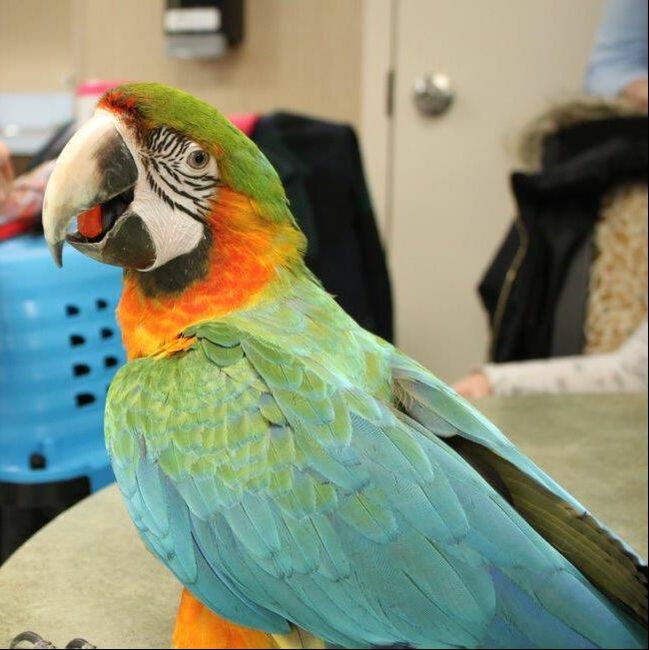
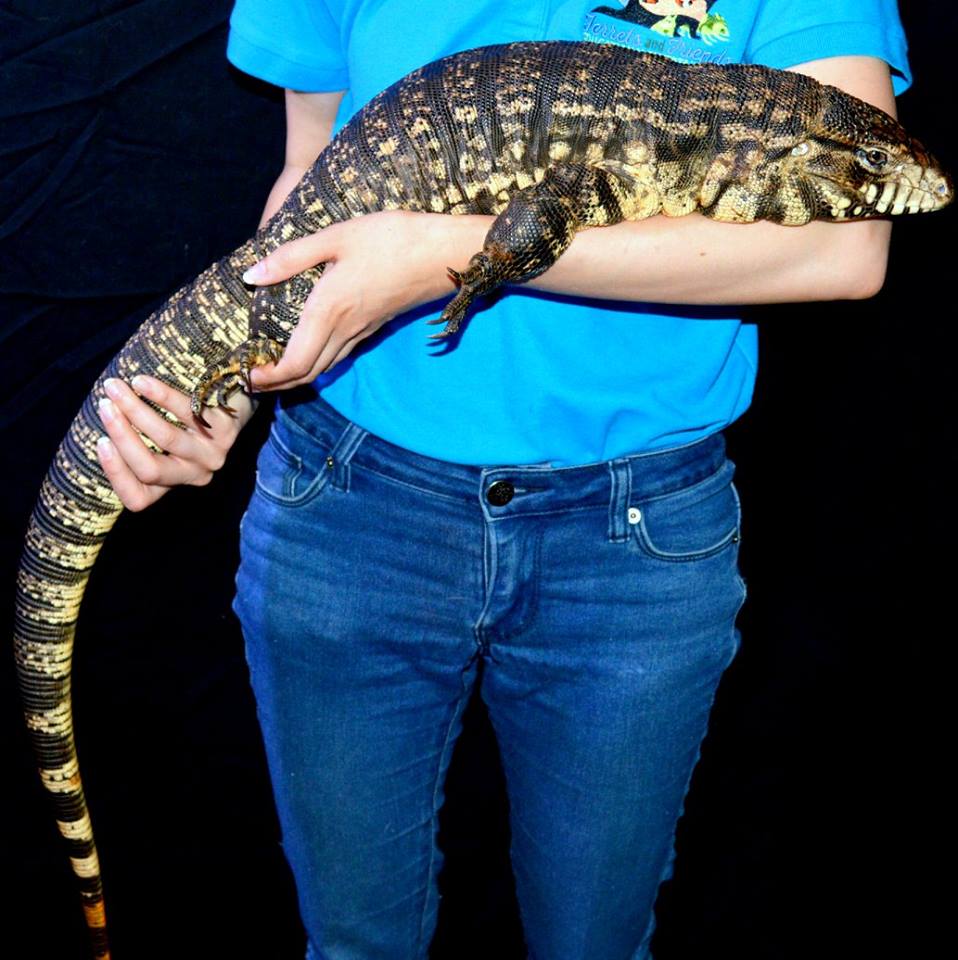
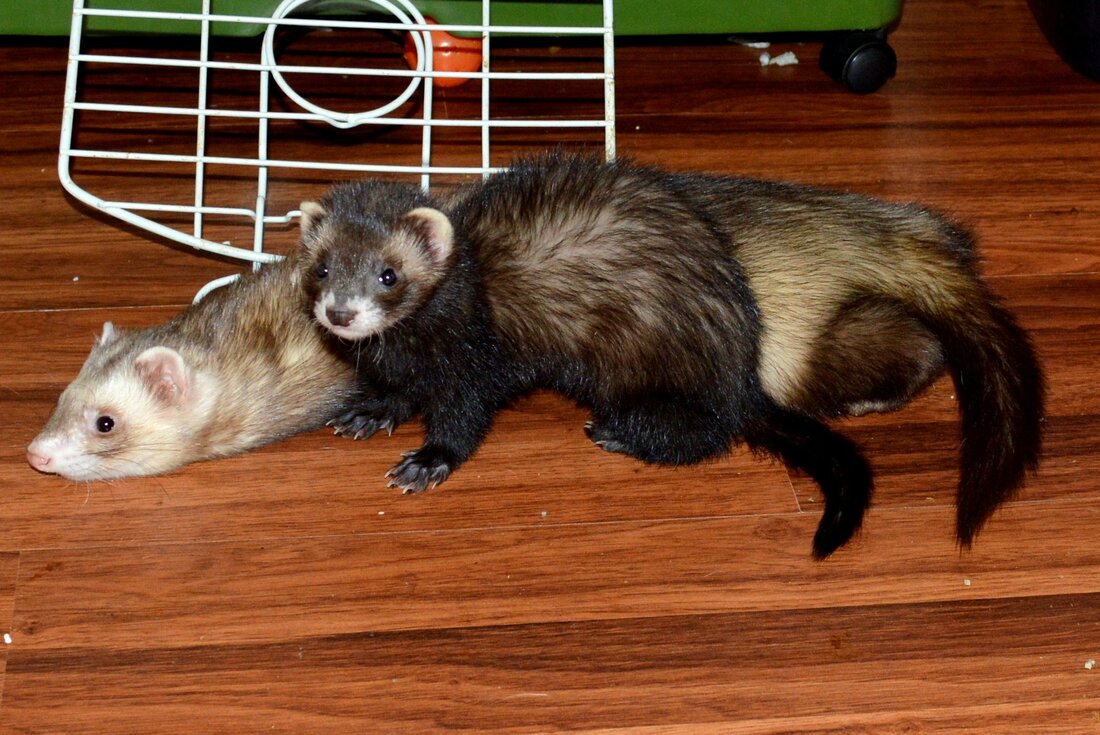
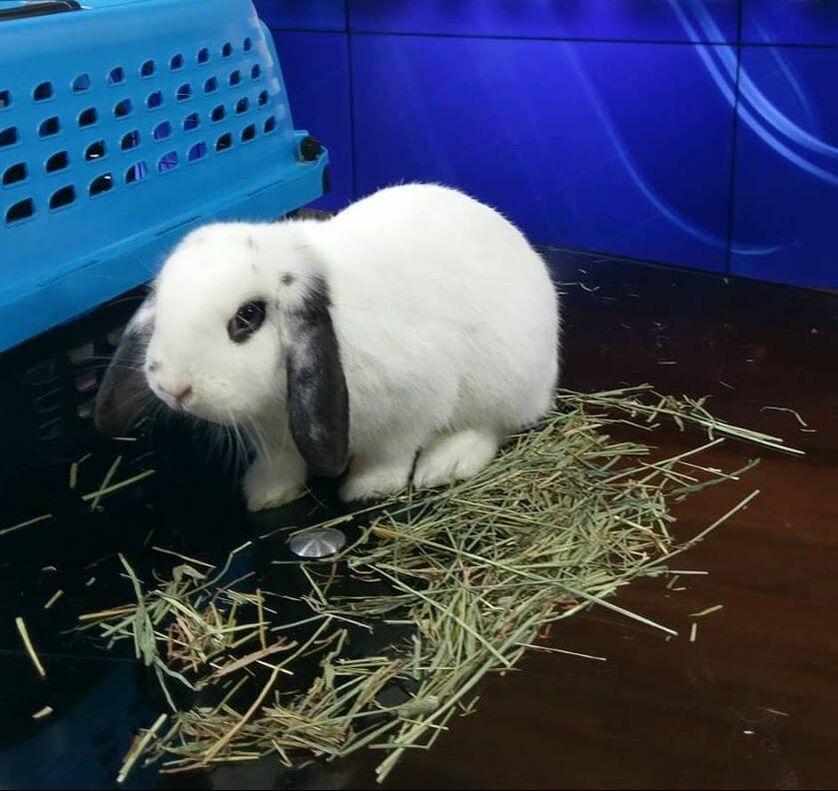
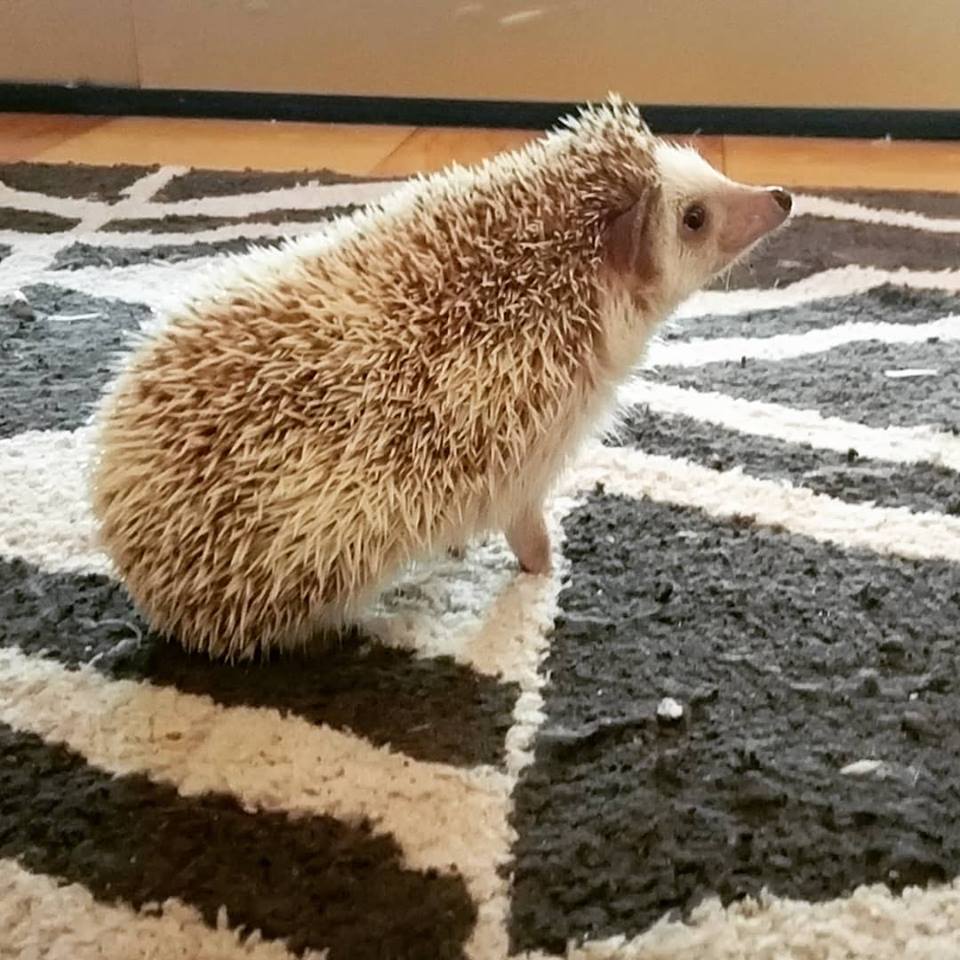
 RSS Feed
RSS Feed